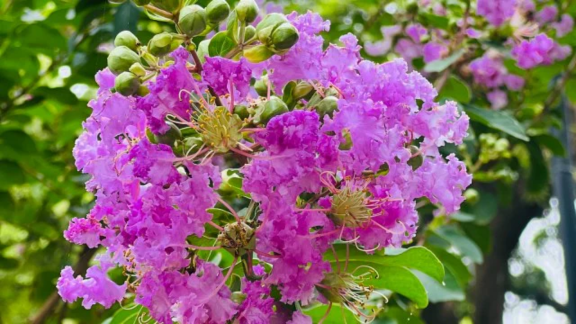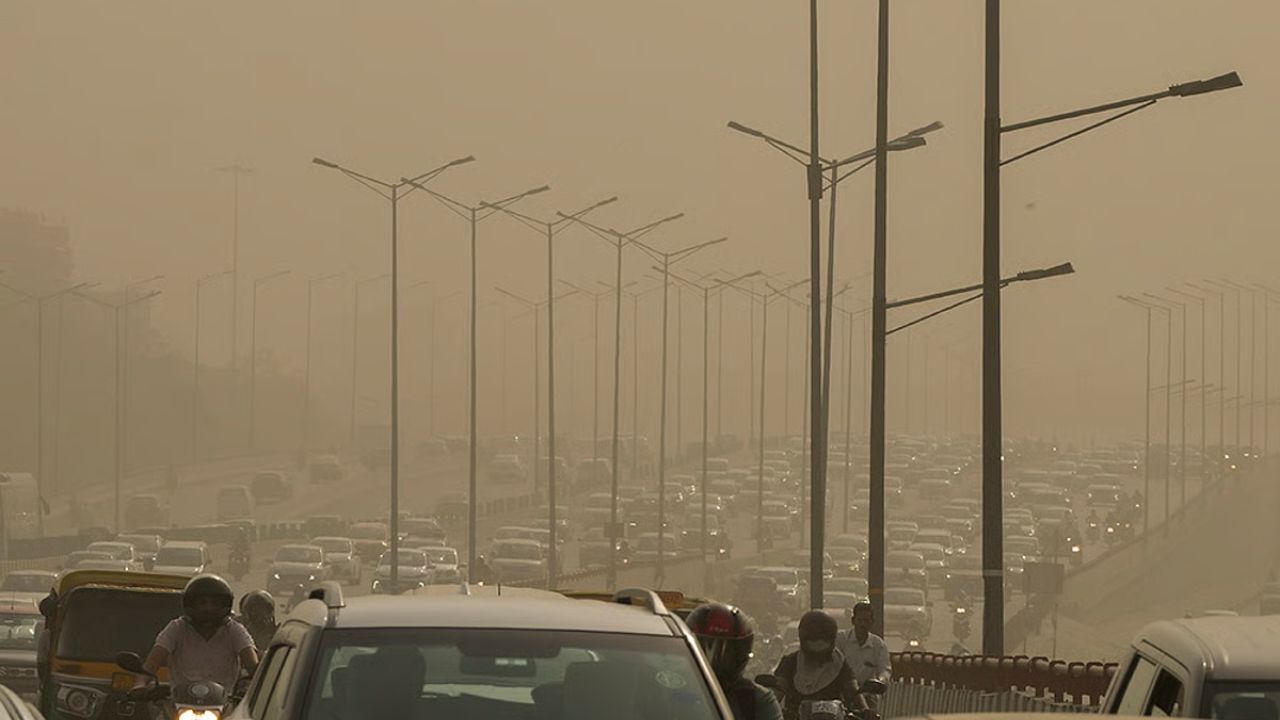Monsoon Magic: How Jarul Blossoms Are Transforming Indian Cities
Monsoon Magic: How Jarul Blossoms Are Transforming Indian Cities As the monsoon rains drench Indian cities, gardens and public spaces are graced with the stunning display of jarul blossoms, also known as the "Queen’s Flower." These

Monsoon Magic: How Jarul Blossoms Are Transforming Indian Cities
As the monsoon rains drench Indian cities, gardens and public spaces are graced with the stunning display of jarul blossoms, also known as the “Queen’s Flower.” These vibrant blooms, which come in rich shades of pink, mauve, purple, and the more common white, create a breathtaking contrast against the freshly washed greenery. With their delicate, crepe-paper-like petals, jarul flowers are sometimes referred to as the “Pride of India” or “Furush,” and in some cases, their crimson-red variants earn them the name “Rose of India.” Their soft, textured petals have even led to them being called the “Queen’s Crepe Myrtle” by enthusiasts.
Jarul comes in two distinct varieties: the smaller shrubs that bloom during the rainy season and the larger trees that showcase their glorious purple flowers from early summer through the monsoon. The larger jarul trees are known for their six-petaled flowers, while the smaller shrubs produce their blooms in clusters. Both varieties contribute to the vibrant, floral tapestry that transforms urban landscapes during the monsoon, adding a touch of natural elegance and color to Indian cities.




